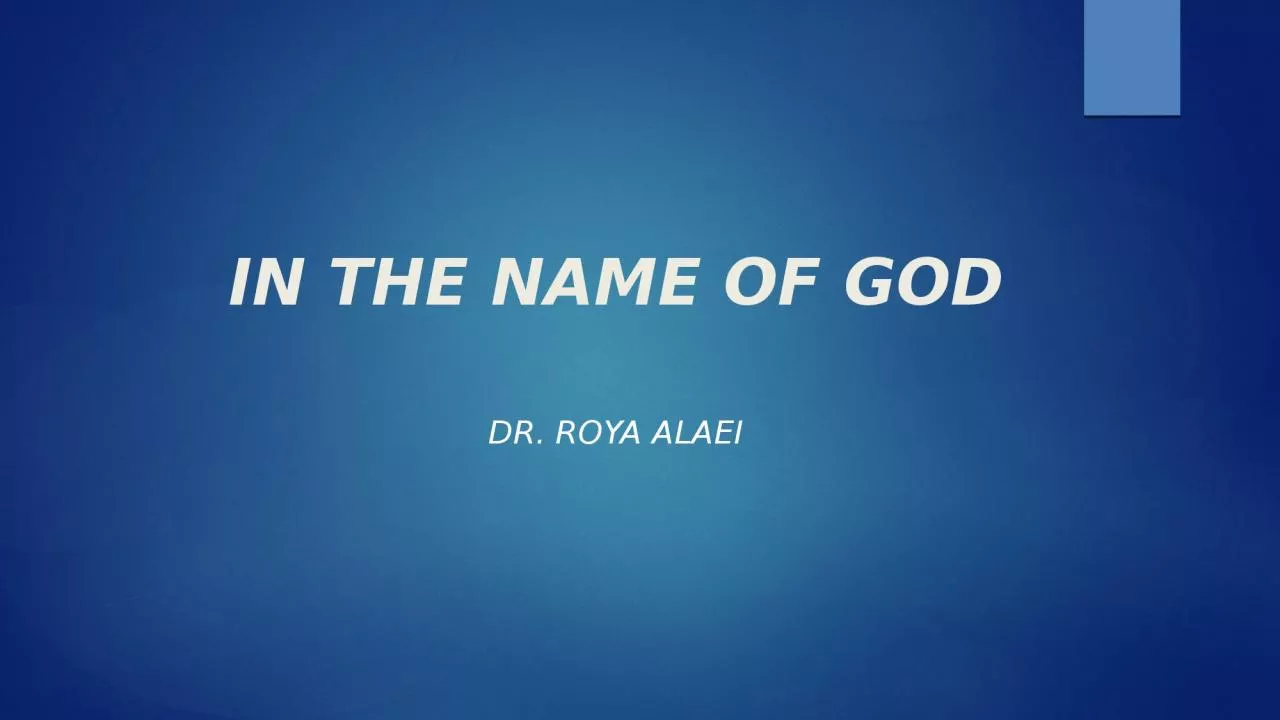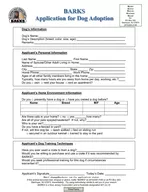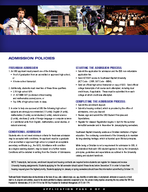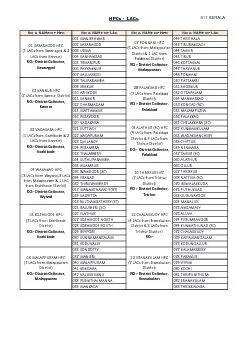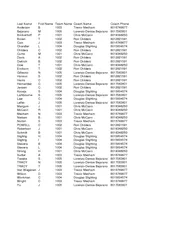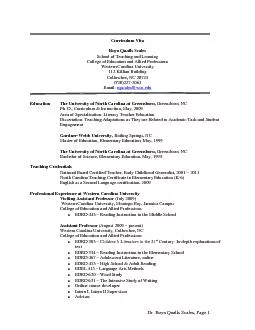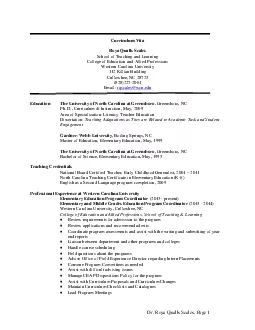PPT-IN THE NAME OF GOD DR. ROYA ALAEI
Author : anastasia | Published Date : 2022-06-15
Central Hypothyroidism DATE 99312 Central hypothyroidism CeH and Causes of CeH Which Patients Are at Risk of CeH How Can CeH Be Diagnosed When and How Should
Presentation Embed Code
Download Presentation
Download Presentation The PPT/PDF document "IN THE NAME OF GOD DR. ROYA ALAEI" is the property of its rightful owner. Permission is granted to download and print the materials on this website for personal, non-commercial use only, and to display it on your personal computer provided you do not modify the materials and that you retain all copyright notices contained in the materials. By downloading content from our website, you accept the terms of this agreement.
IN THE NAME OF GOD DR. ROYA ALAEI: Transcript
Download Rules Of Document
"IN THE NAME OF GOD DR. ROYA ALAEI"The content belongs to its owner. You may download and print it for personal use, without modification, and keep all copyright notices. By downloading, you agree to these terms.
Related Documents

